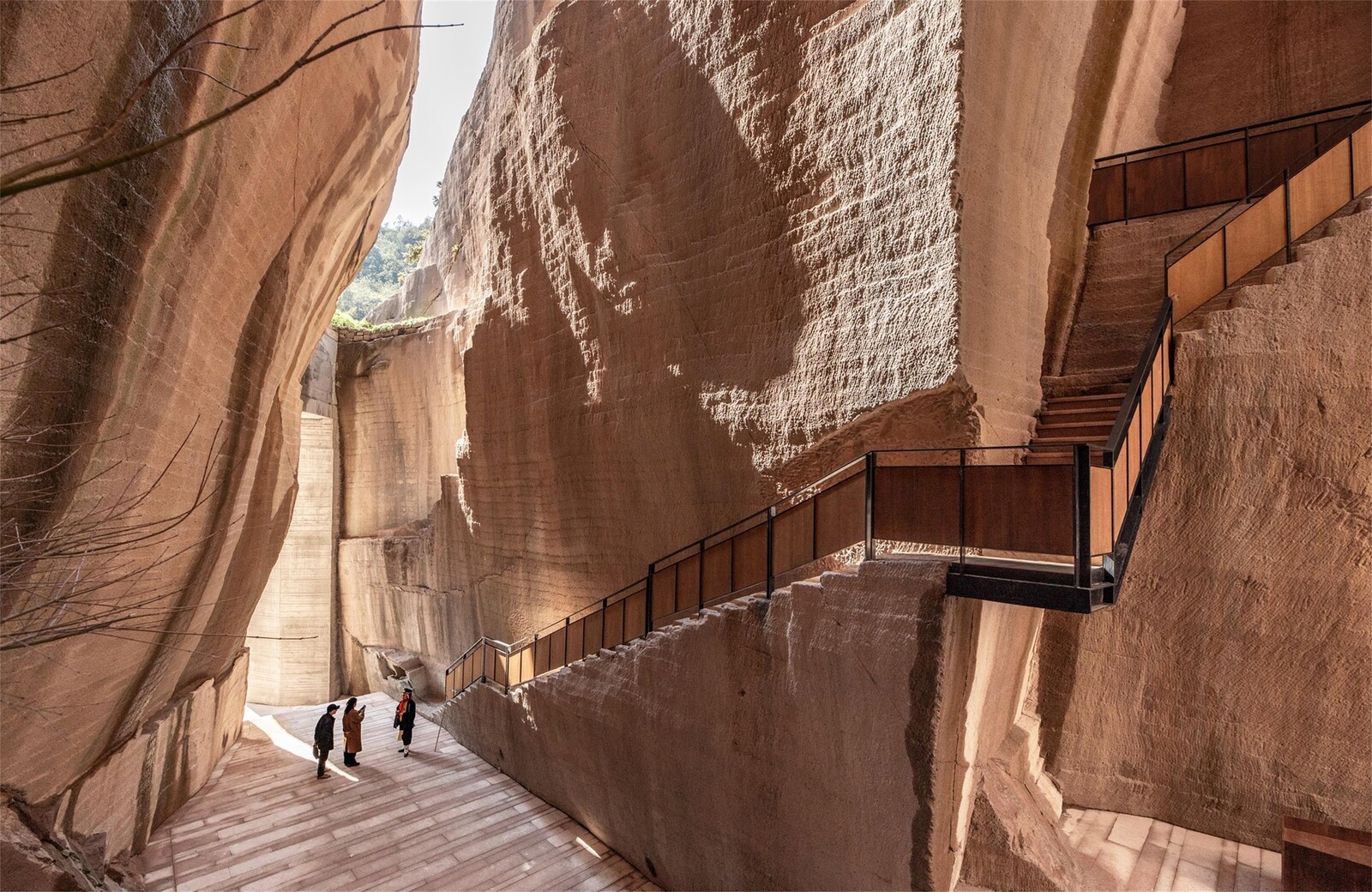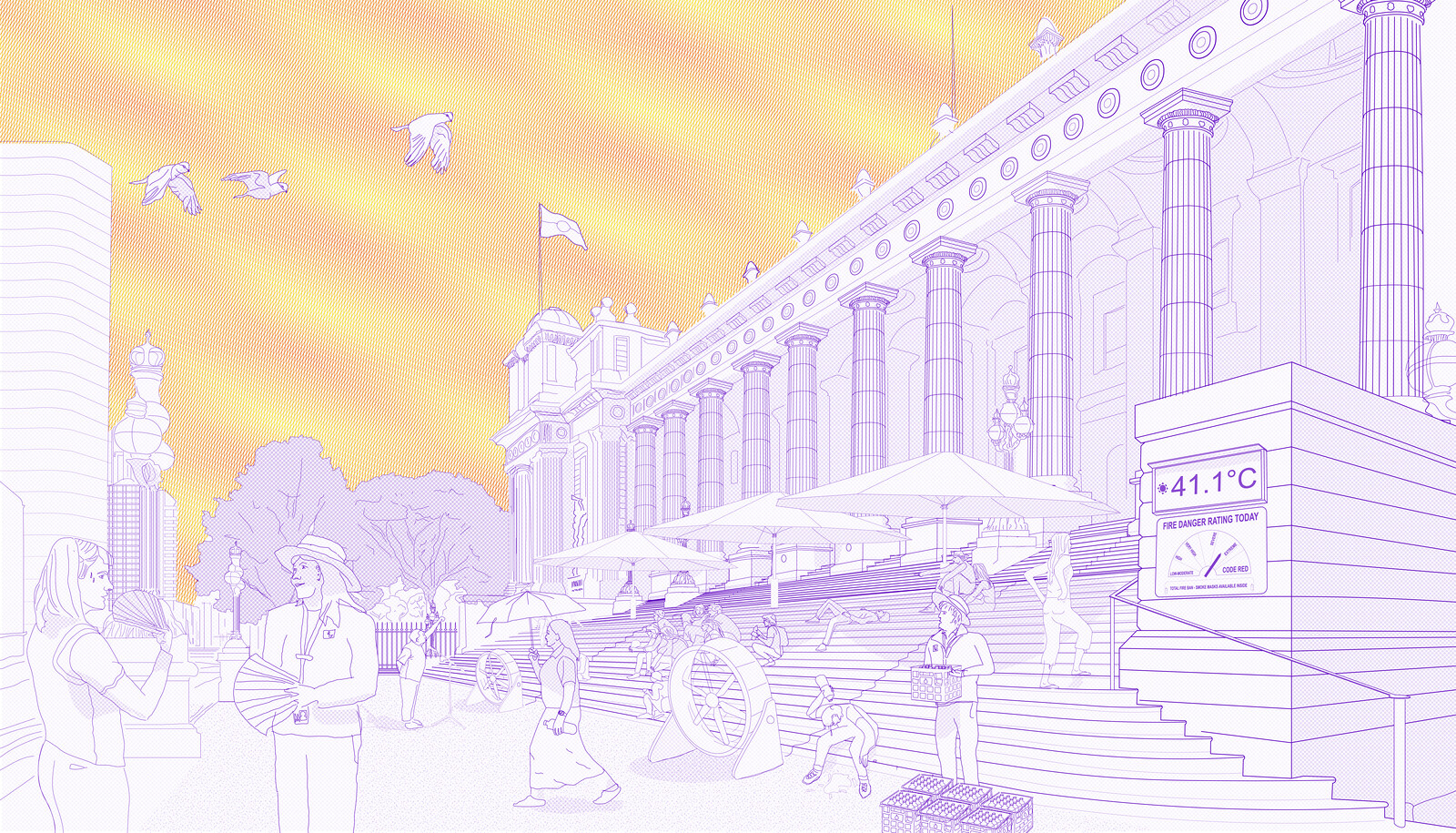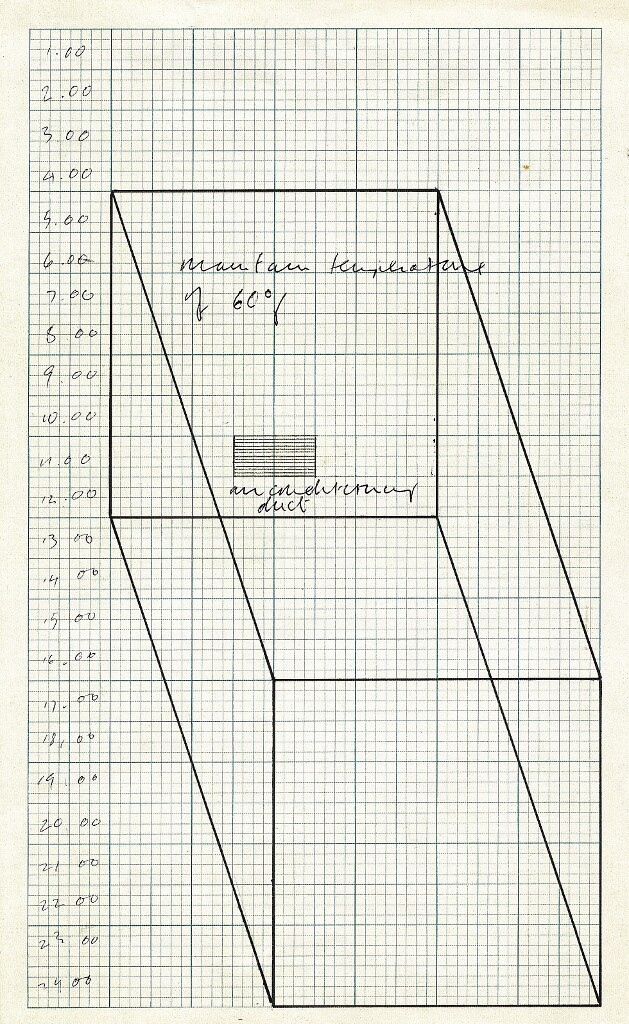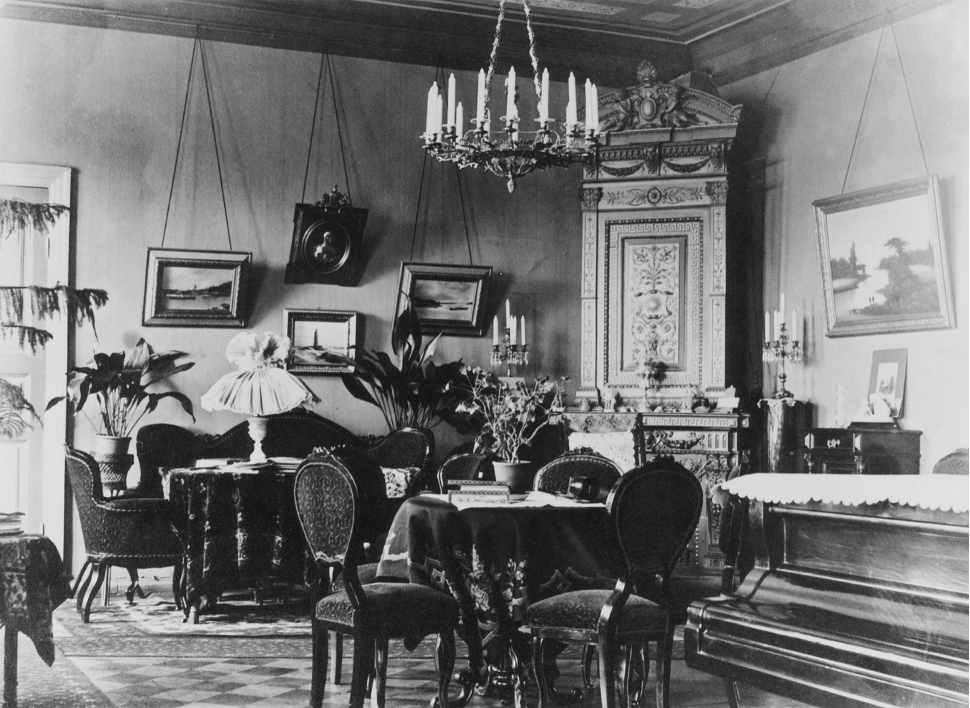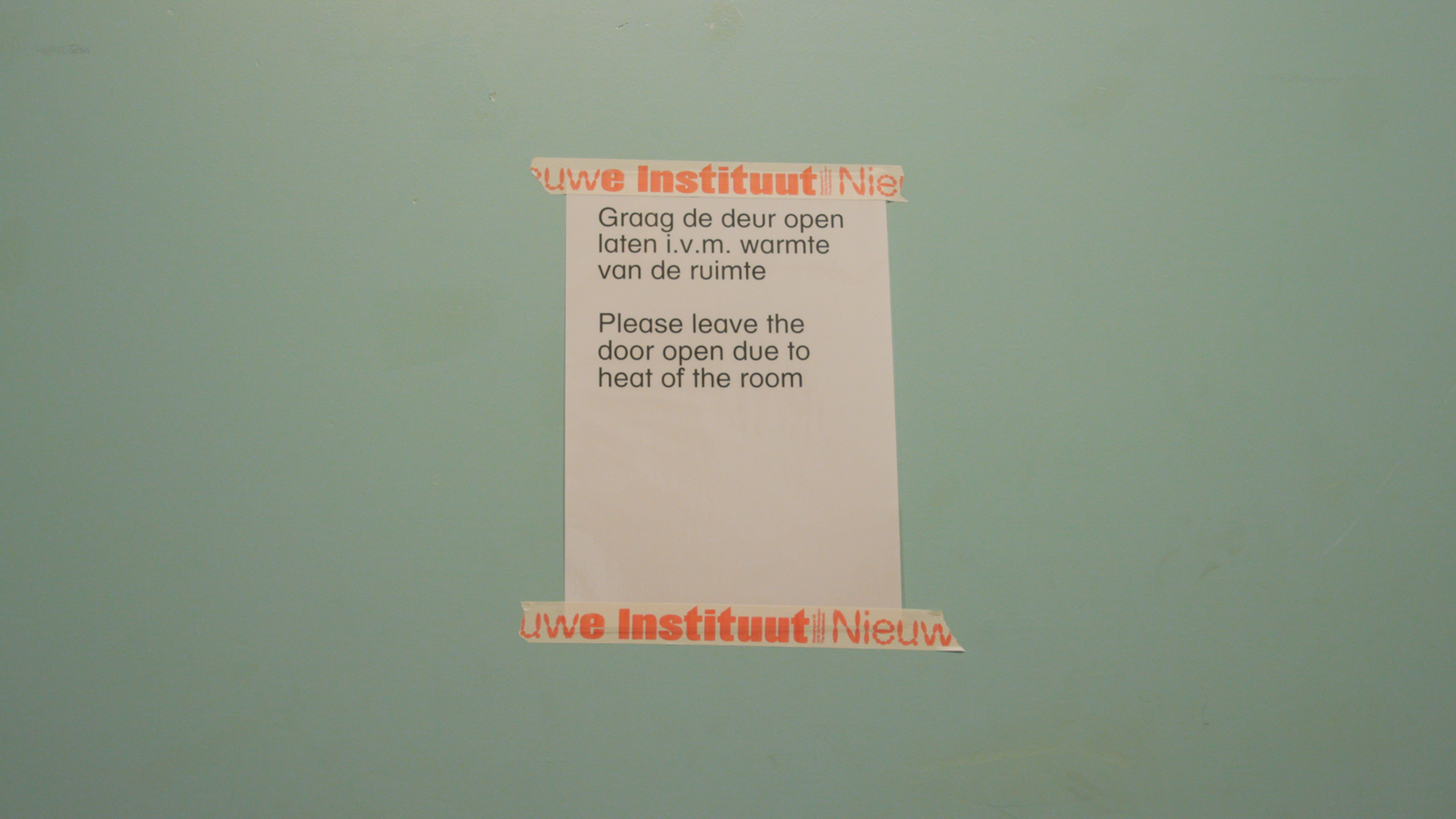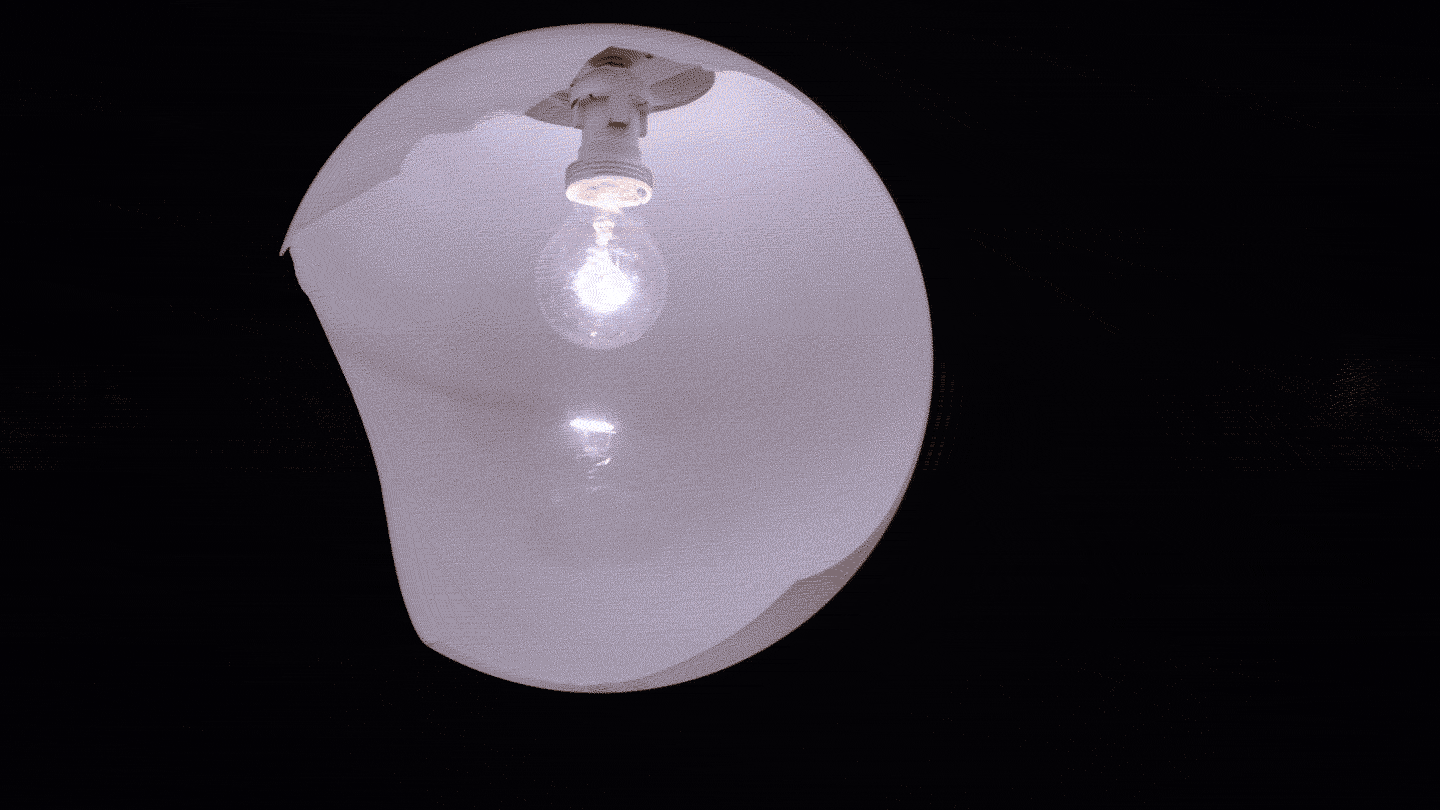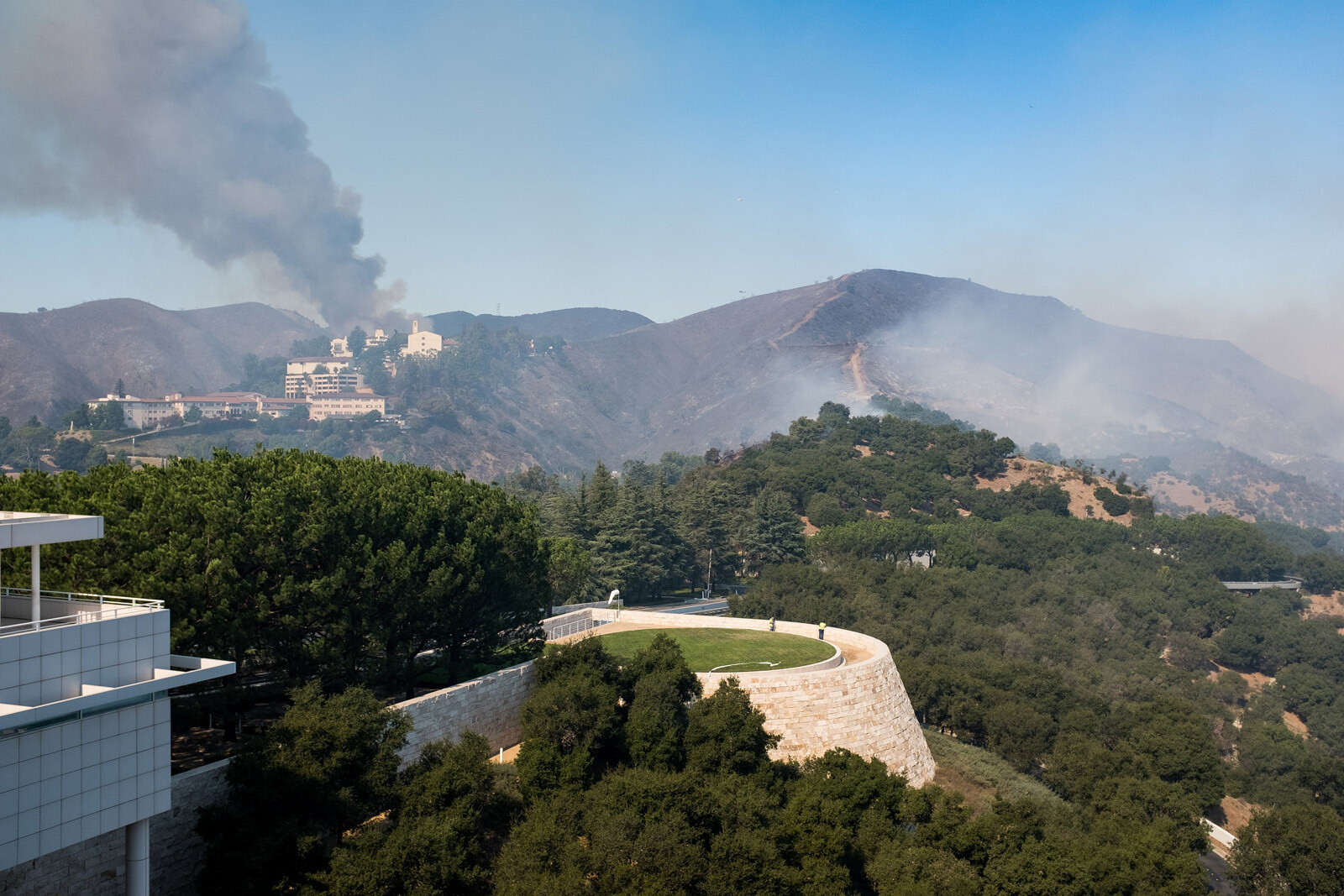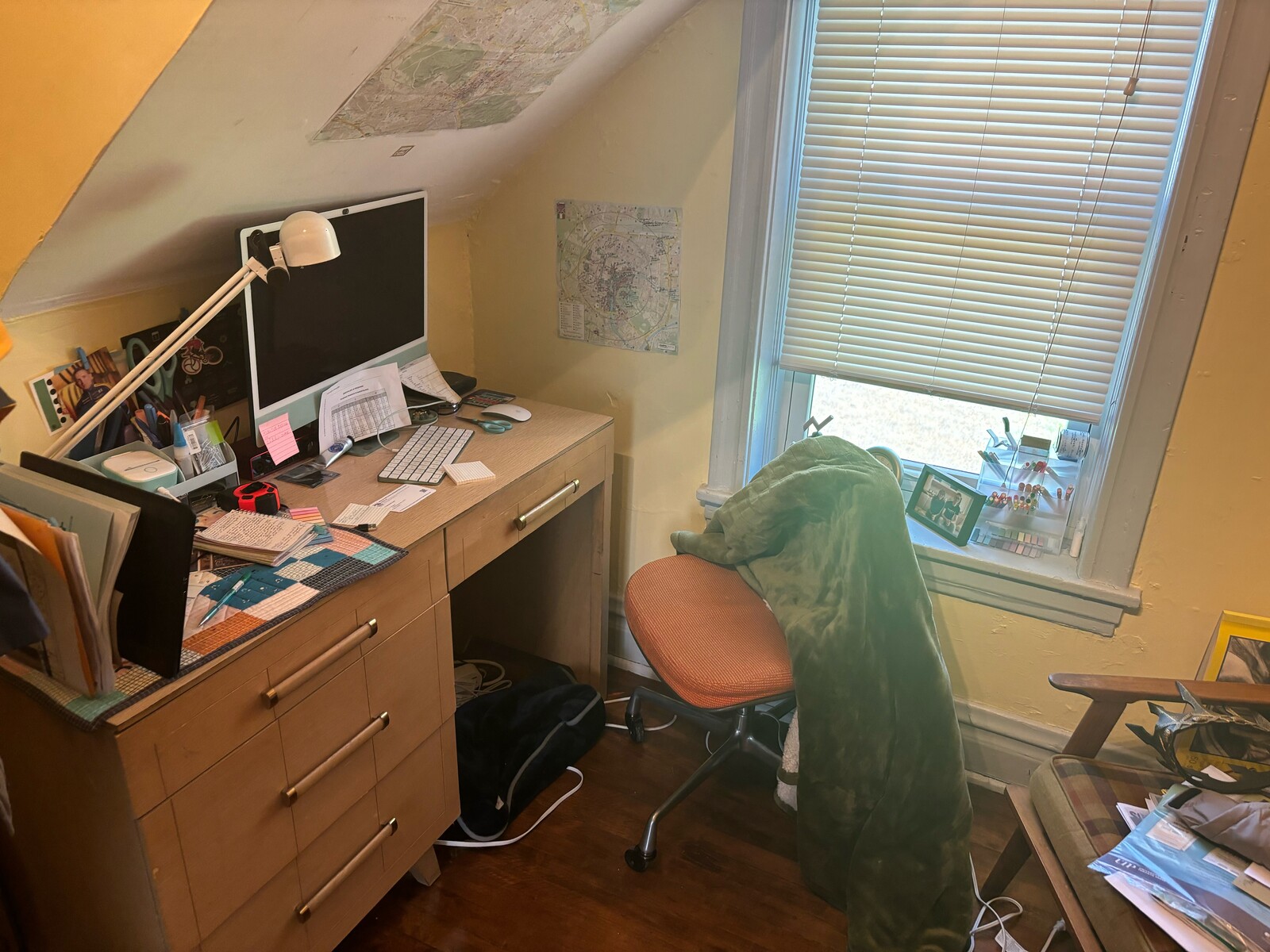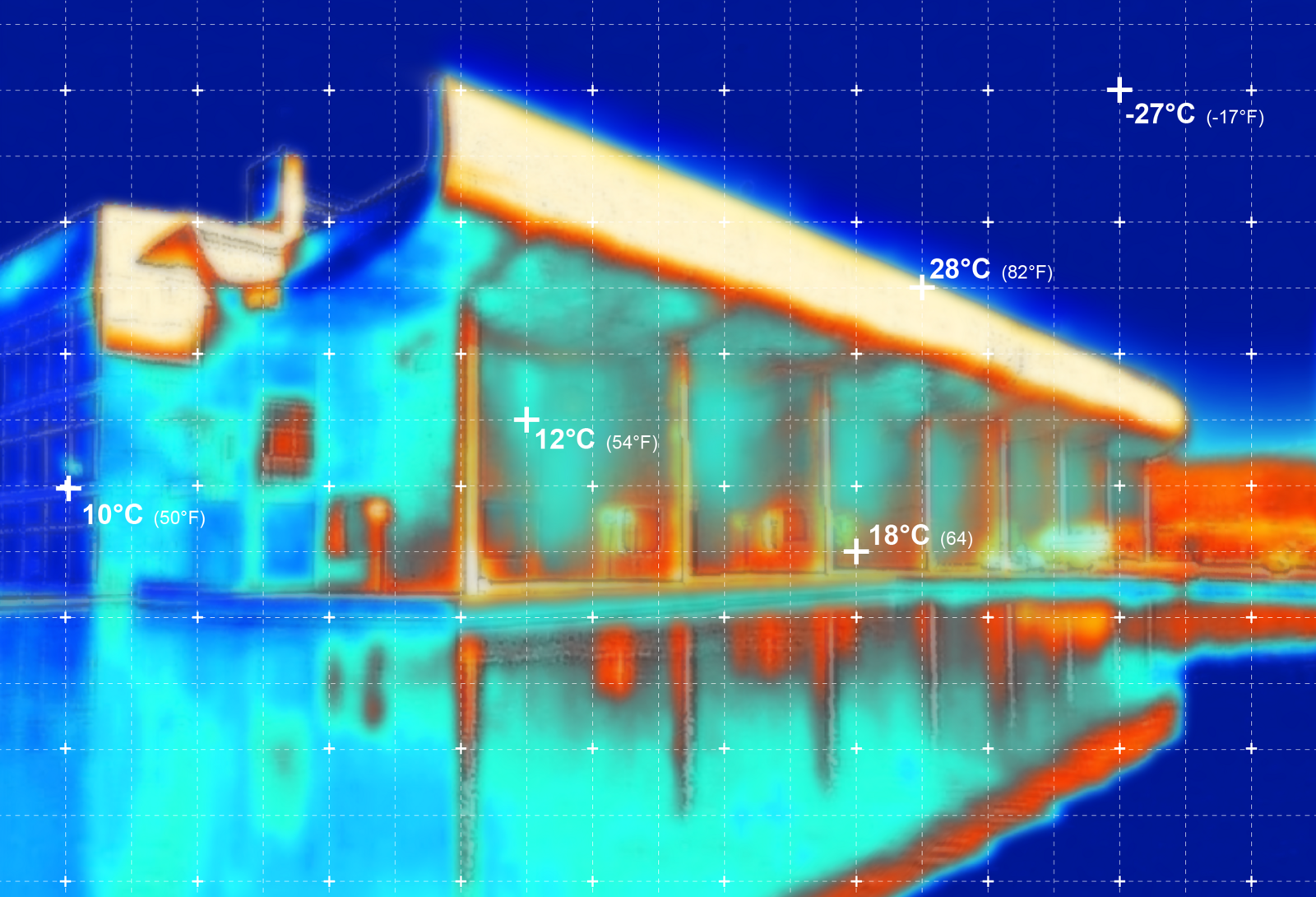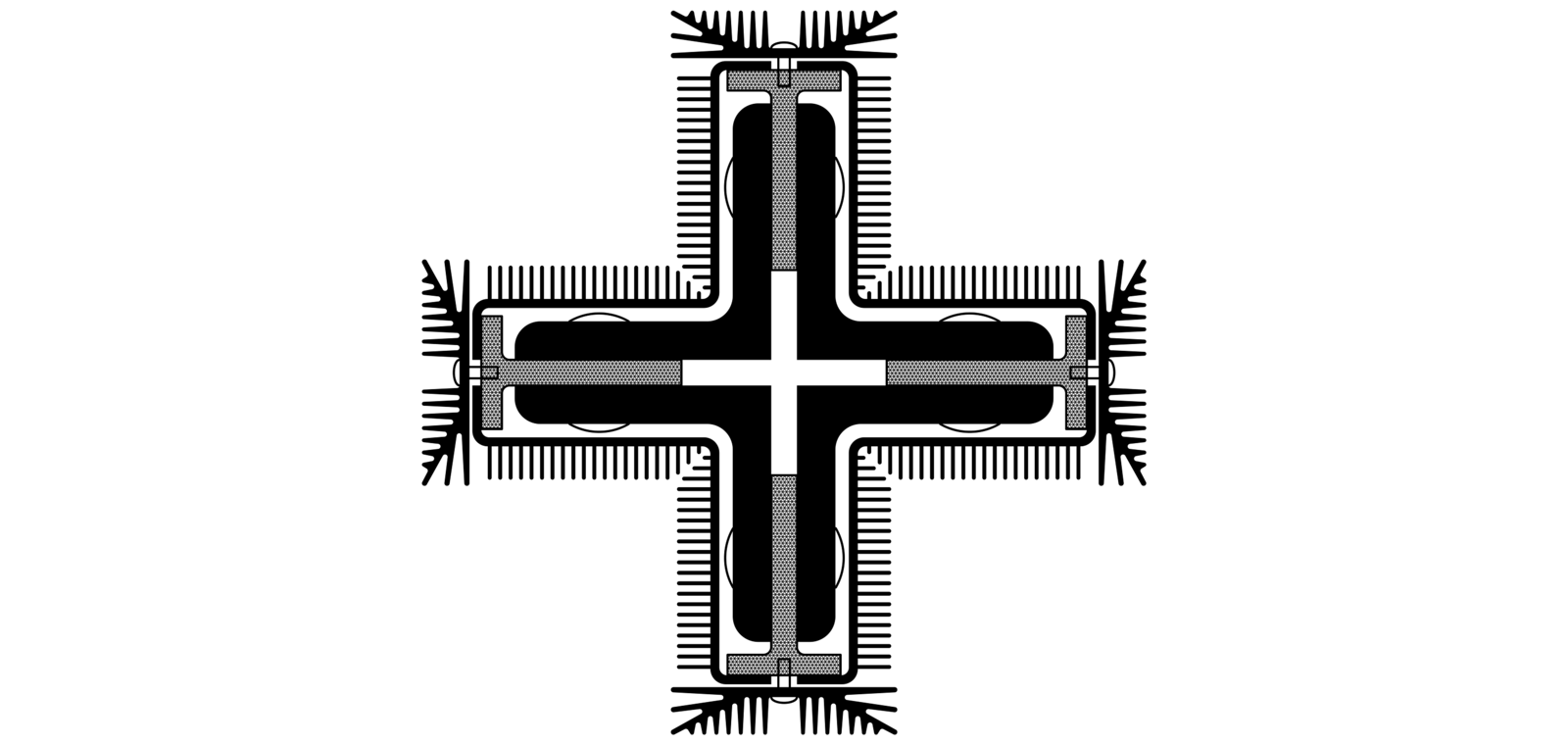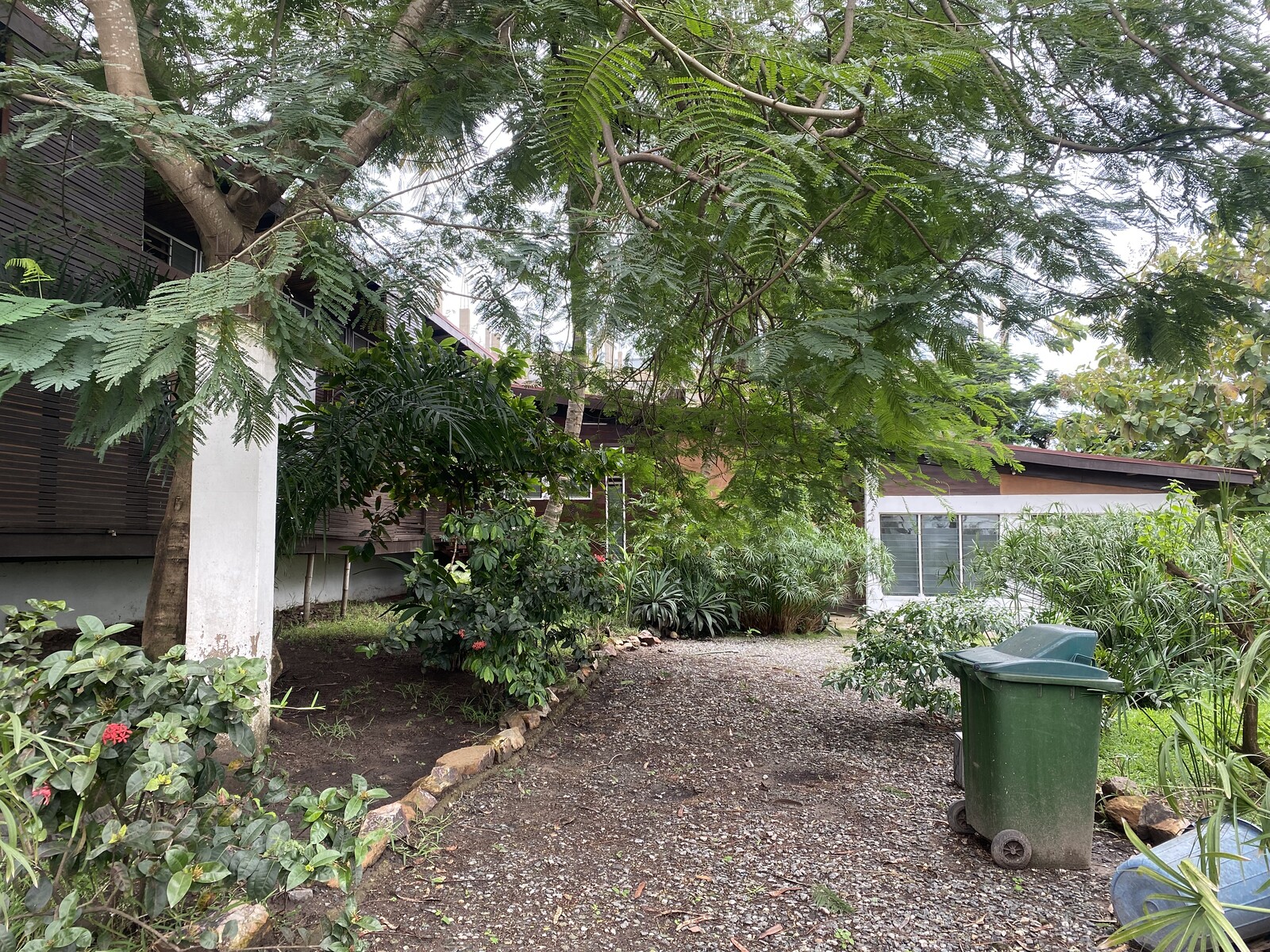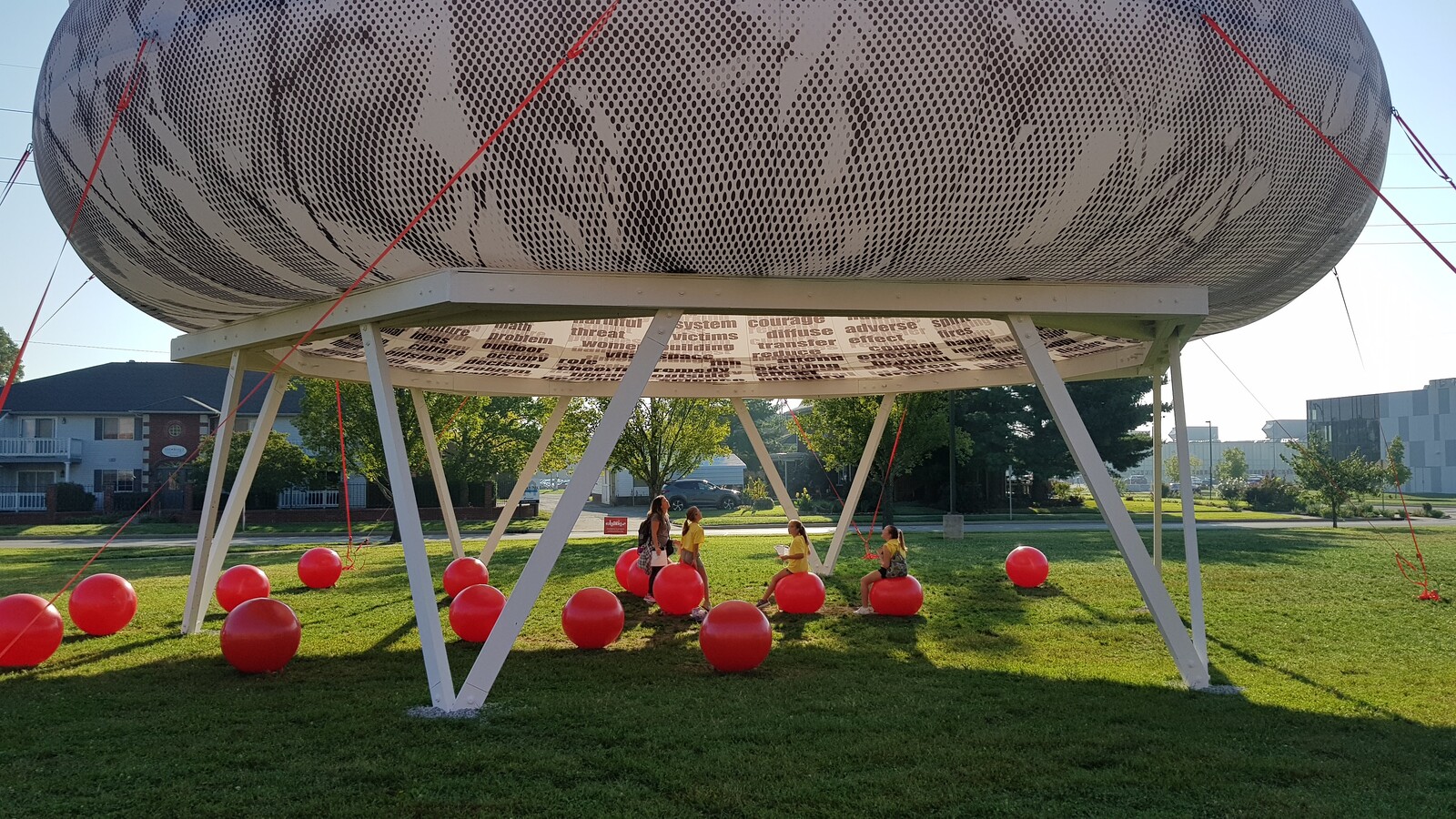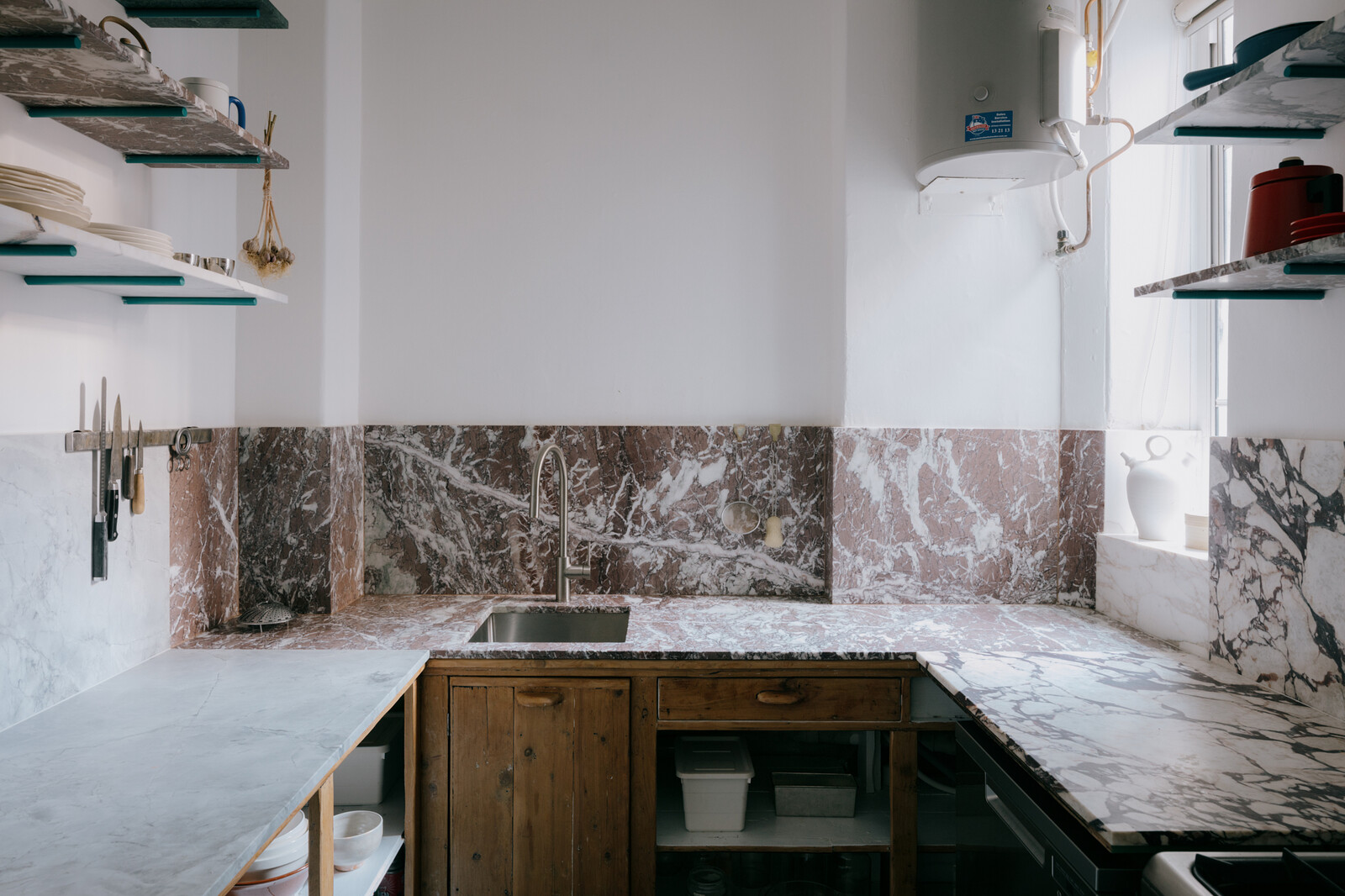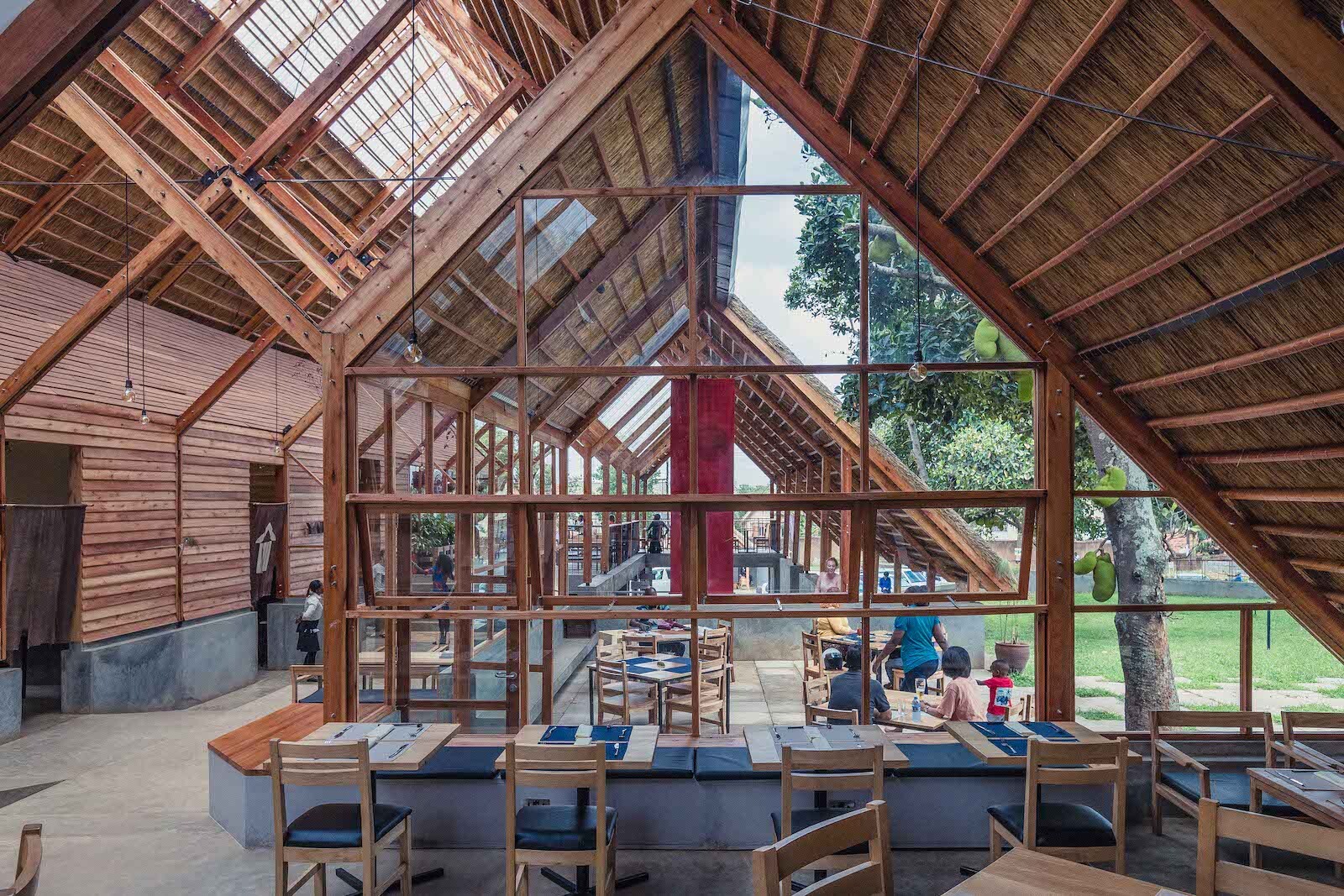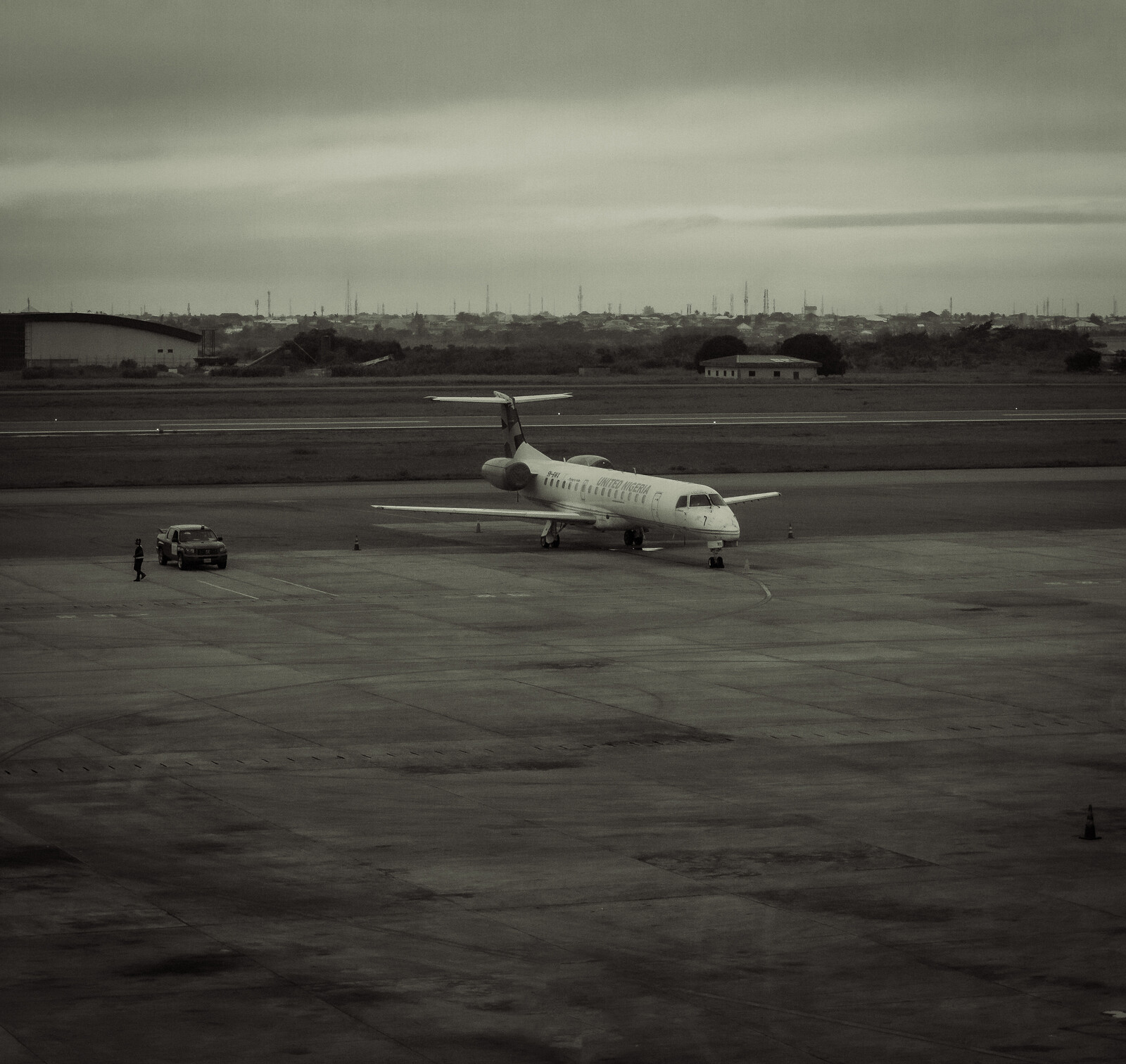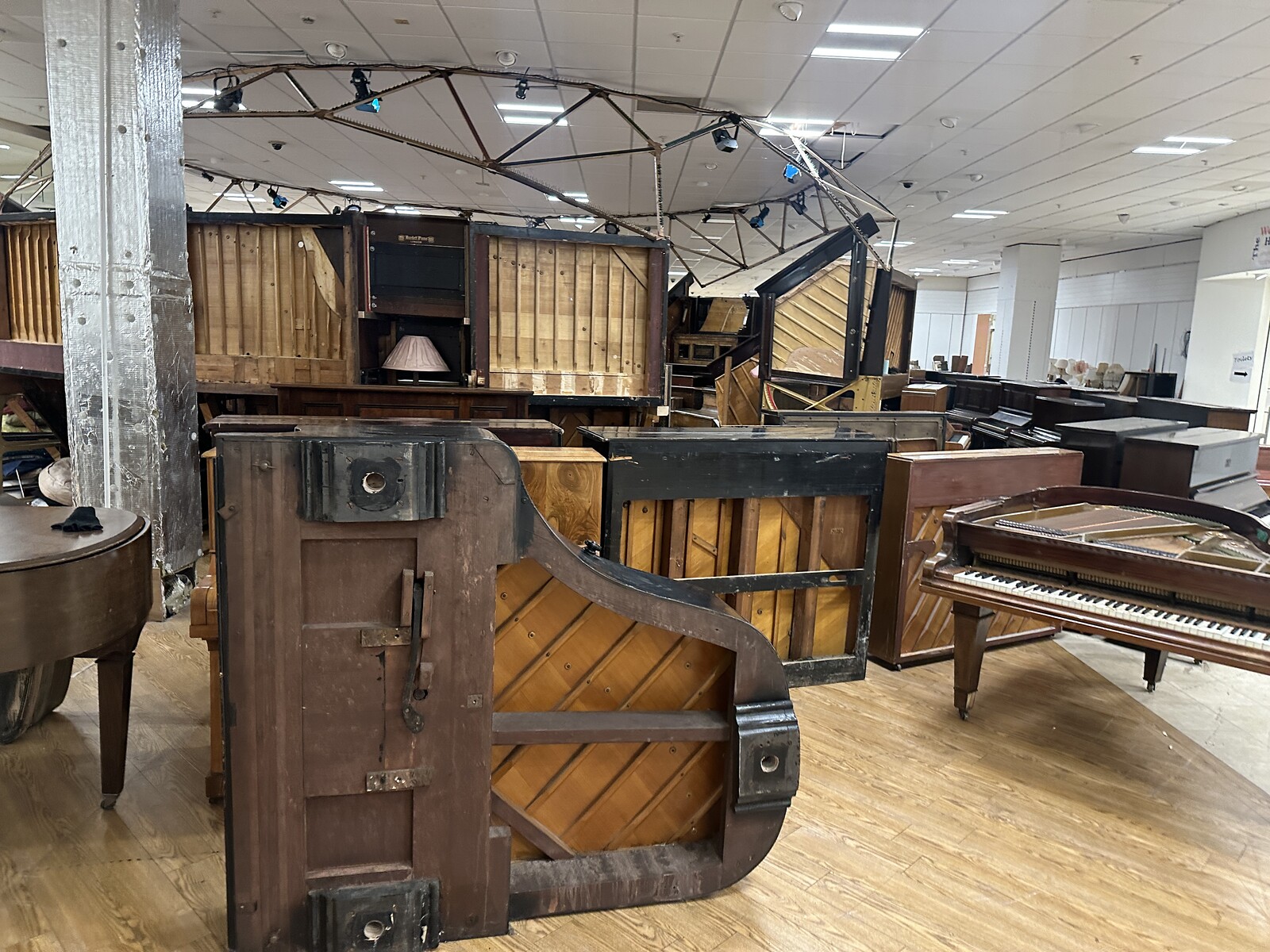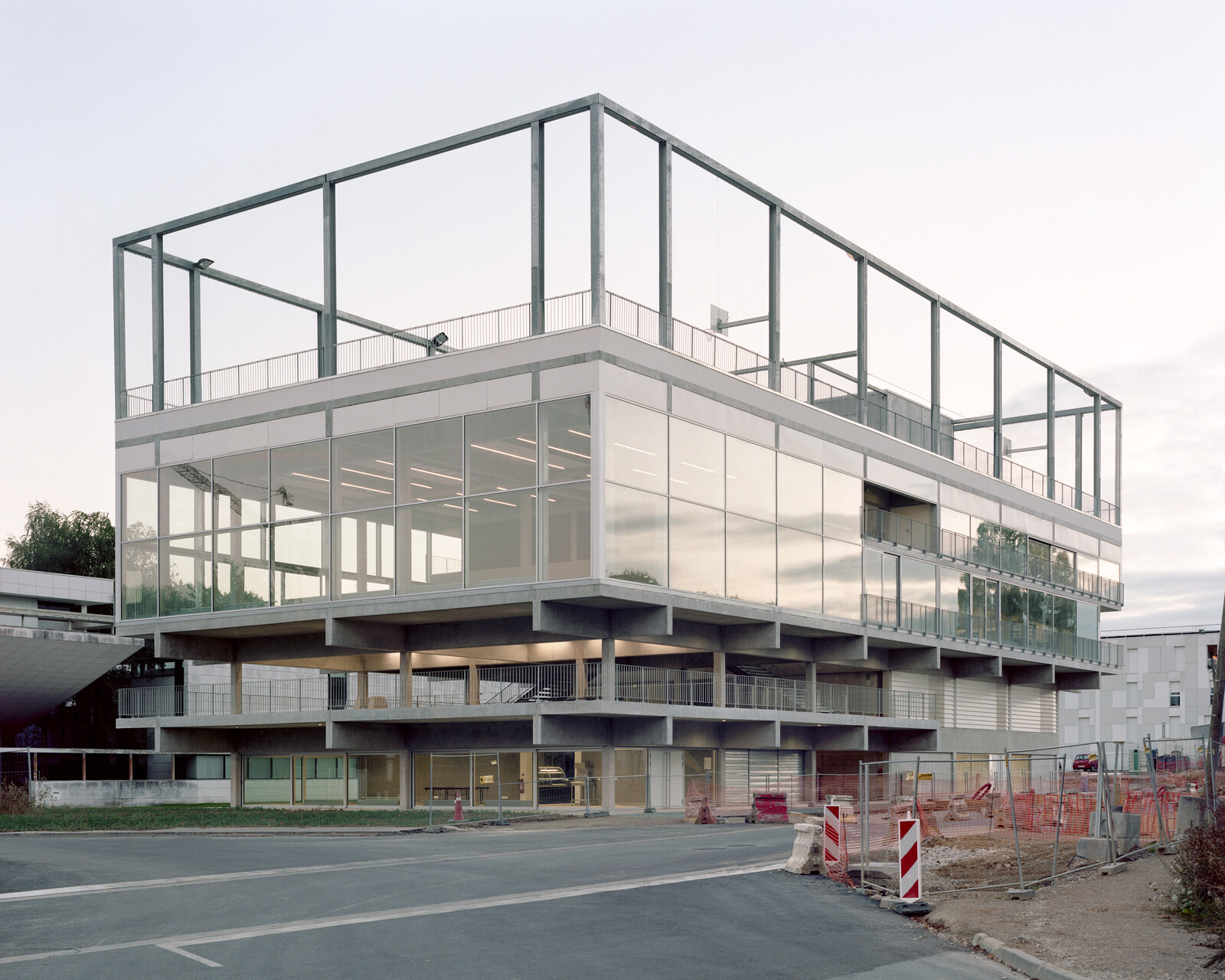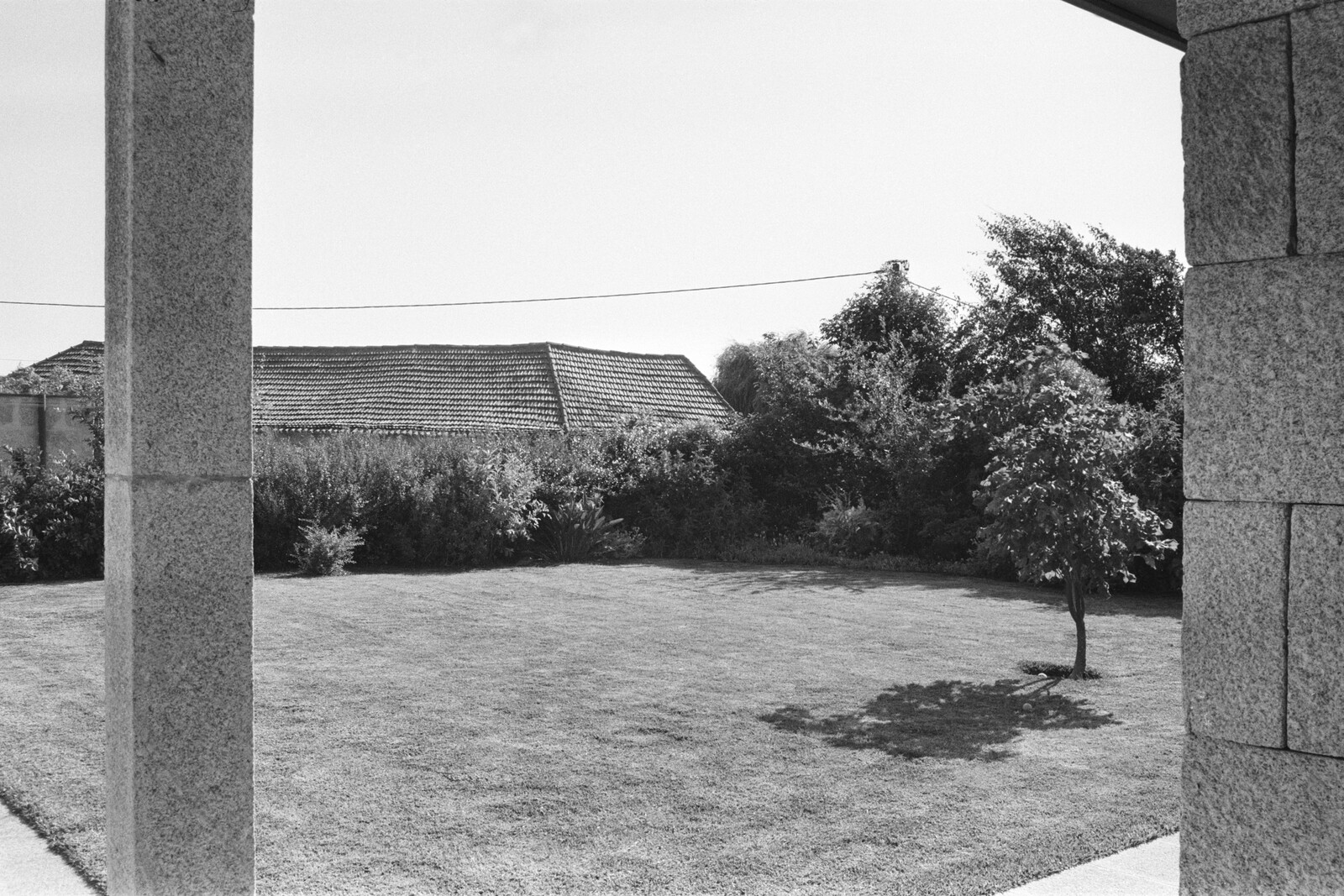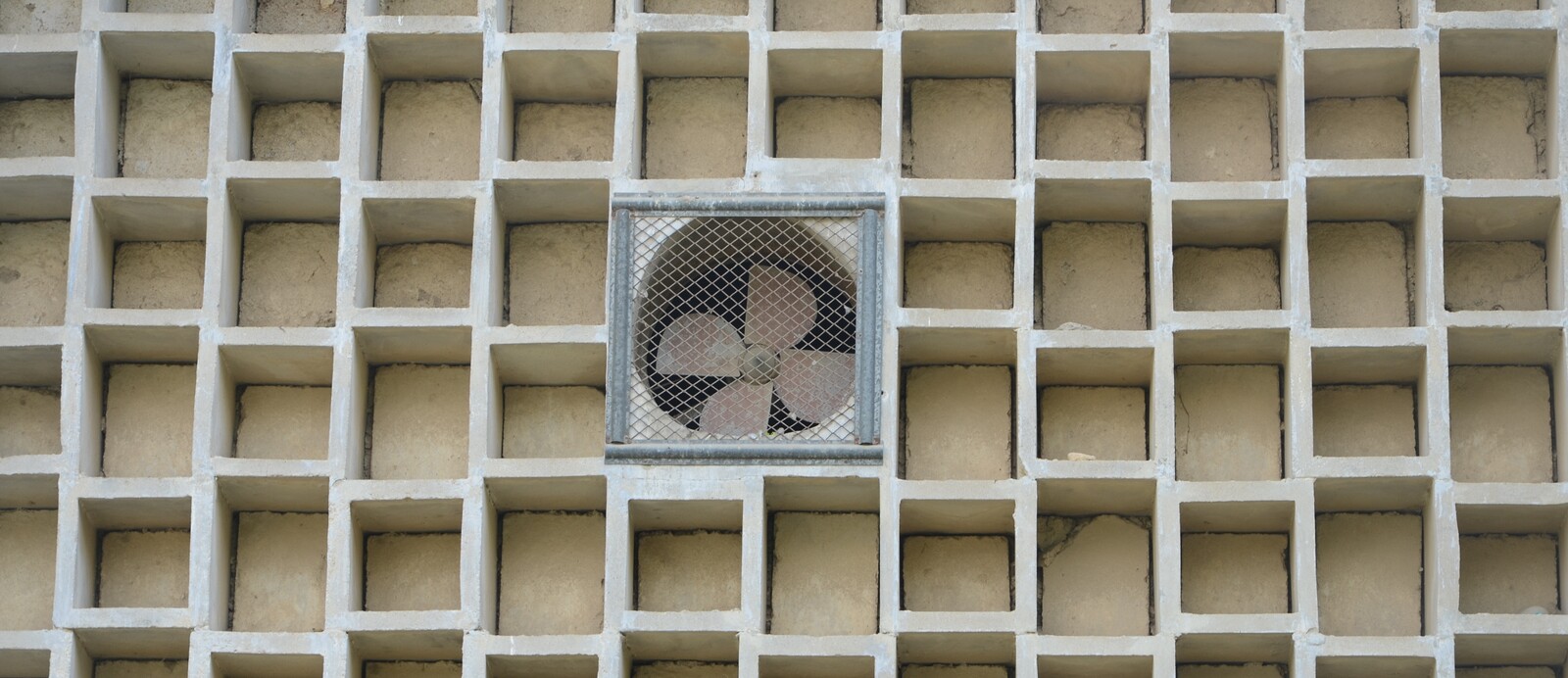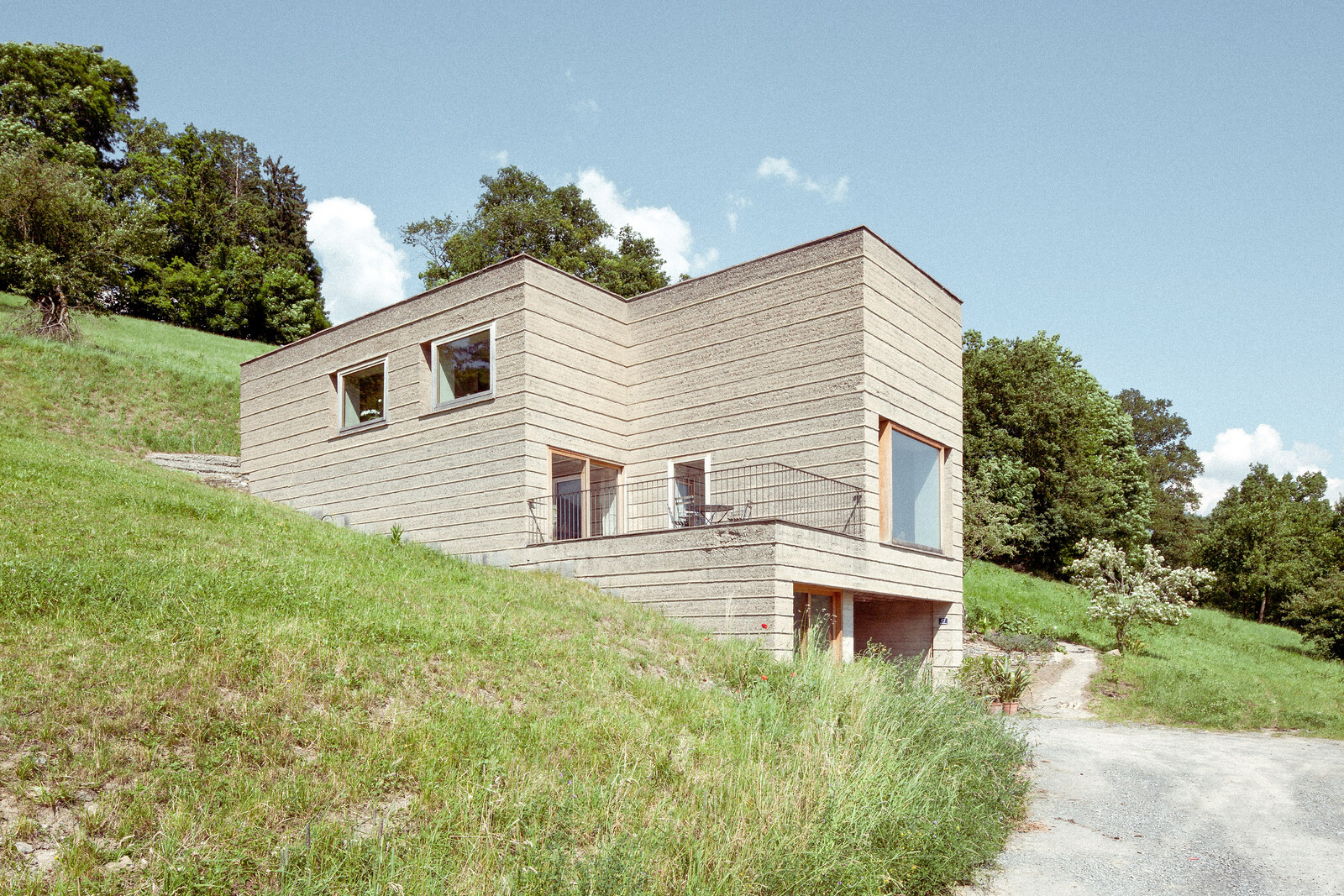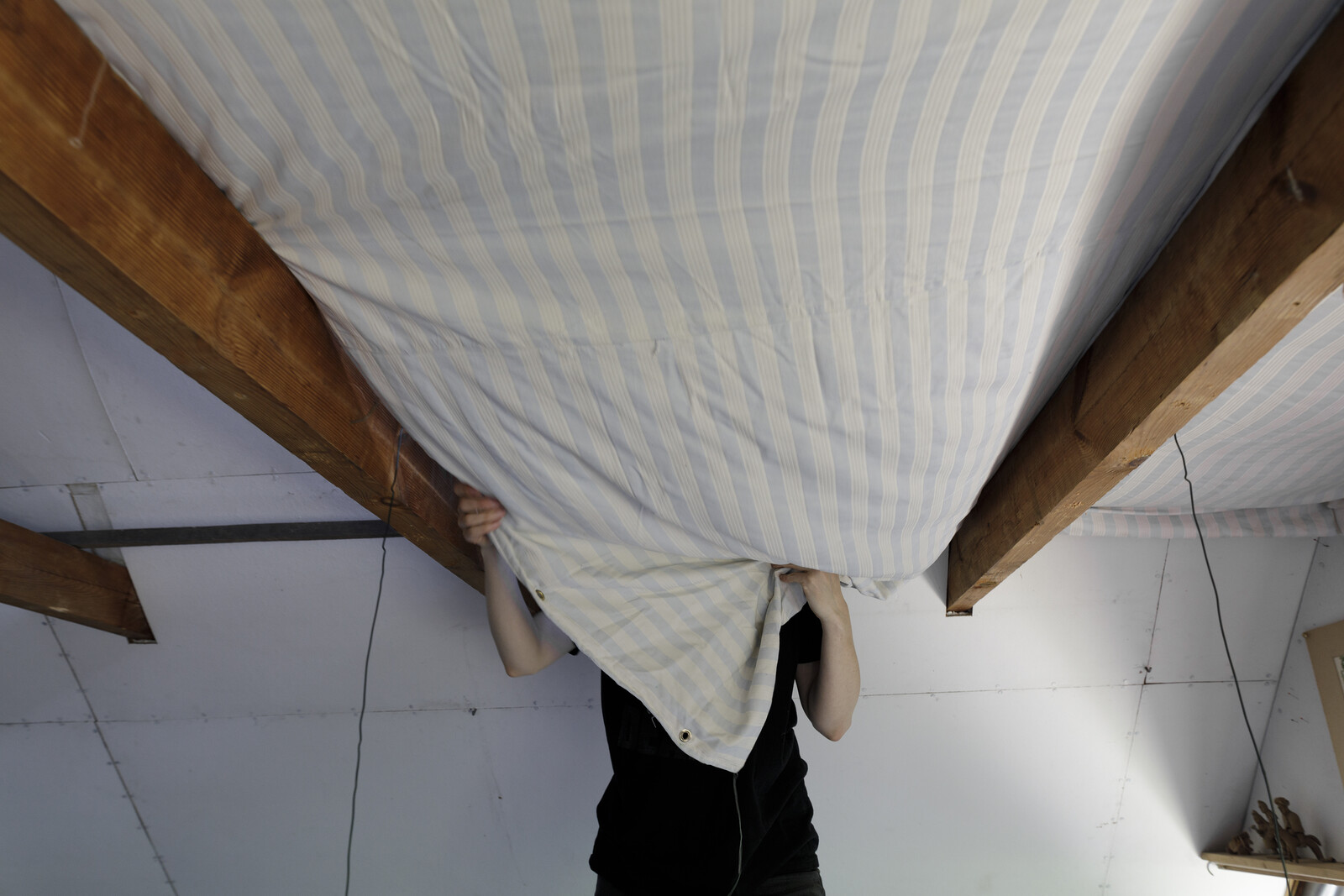As I was writing this, the mid-June daytime temperature in Beijing reached 40°C, exceeding the average by nearly 10 degrees. In times like these, it is hard to imagine compromising one’s bodily comfort by not turning on the air conditioning. We are convinced that our livelihoods depend on this “basic” comfort to stay cool; the air conditioner, one of the essential modern amenities, has discretely conditioned us to believe in its indispensable role. Yet we tend to ignore the cost of our comfort, particularly regarding carbon emissions. According to the National Renewable Energy Laboratory, in 2022, air conditioning was responsible for the equivalent of 1.95 billion tons of carbon dioxide emissions, or 3.94% of global greenhouse gas emissions.1
For most practicing architects, the HVAC (Heating, Ventilation, and Air-Conditioning) system is an essential component in any building project that aims to satisfy the comfort of its user. But comfort without HVAC has been evident in all parts of the world for centuries. HVAC systems were not popularized until the 1960s, and in China, they were not introduced until well into the economic reforms of the late 1980s. Buildings have been developed in relation to their climatic surroundings for centuries, but in relation to HVAC systems for only decades.2 There is much architects can learn today from earlier practices that did not contribute to global warming.
The Jinyun Quarries
We were commissioned to develop new programs for Jinyun Stone Quarries at the height of the Covid-19 pandemic in 2021. There are more than 3,000 small, defunct quarries located in the northern part of Jinyun County, Lishui City, Zhejiang Province. One hundred twenty-five of them contain stone calligraphy, the oldest from the Tang dynasty (617–907 CE), which have been listed as national cultural heritage since 2001.
Unlike the chopped-up landscapes created by modern mechanical quarries, these smaller, more archaic quarries were created by family operations and often resemble miniature valleys. Although quarrying in Jinyun began more than a thousand years ago, most excavation operations took place only after the Economic Reforms and Opening Up policies in the early 1980s and early 1990s. Before that, however, villagers in the area had been earning their livelihoods by strip mining for generations. Such family-scale operations were possible due to the light stone quality of the volcanic tuff. With a rise in demand in the 1990s for brick construction, however, quarry mining halted.
To support the development of the region, our project for reinventing these stone quarries strives to improve ecological conditions while simultaneously creating social and cultural destinations for both the local population and visitors. The reutilized stone quarries are part of a wider public infrastructure that places historical artifacts from thousands of years ago in the context of cultural heritage.
With an initial selection of nine sites, our project was designed with minimal intervention, and intended to be a pilot for a wider revitalization scheme of the quarries in addition to ecological restoration in Jinyun. The nine sites embrace the multi-faceted histories of the area, such as quarrying, stone carving, local opera, and tea drinking. The sites chosen took the convenience of both residents and tourists into consideration, as well as their possibile impact on the local economy and contribution to cultural development.

Quarry No. 4 before the redevelopment. Photo by Ziling Wang.

Quarry No. 4 before the redevelopment. Photo by Ziling Wang.

Quarry No. 4 before the redevelopment. Photo by Ziling Wang.

Quarry No. 4 before the redevelopment. Photo by Ziling Wang.

Quarry No. 2 and 3 before the redevelopment. Photo by Ziling Wang.
Quarry No. 4 before the redevelopment. Photo by Ziling Wang.
Rethinking Comfort in Public Life
Rethinking these relics of extraction began by learning about the local cultures, histories, and traditions of the area. Their sheer scale and monumentality make the quarries sites of awe, particularly given their stability after more than two decades of idleness. We wanted to turn this idle condition into one rich with possibility for discovering how humans can better co-exist with nature. One of the basic tenets of Chinese philosophy is to consider humans and nature as one. Our ancestors long ago recognized the importance of mutual respect between humans and the natural environment. Nature’s provision for life on Earth should therefore be grounded in that mutual respect.
To accommodate public activities, such as a public library, opera performances, and viewings of the calligraphy steles, we sourced local materials, like steel strips for handrails and pressed bamboo for shelves and infill, which are more suitable for this climate than wood. Further bearing sustainability in mind, the details are the same at all the sites, and concrete is used only for necessary safety measures.
Many of the quarry sites are completely hollowed out. Their walls measure dozens of meters high at various slanted angles, which can shield visitors from blazing sun and light drizzle. These spatial conditions also create cool and airy micro-climates, which serve as an escape from the summer’s stifling subtropical humidity. Taking advantage of these existing conditions keeps carbon emissions to a minimum. By reusing these quarry sites and showing the negative spaces of the mountains, visitors can become reacquainted and re-acclimatized to the natural environment, and re-adjust their sense of bodily comfort.
Visitors to these sites primarily consist of local community members and visitors from the surrounding metropolitan areas. The former have lived in the area for generations, and it’s likely that they themselves, or at least one of their family members, once labored in the quarries. Although quarrying comes with alarming levels of noise, arduous labor, and extended hours, there is a strong sense of community among former quarry workers. This now-defunct industry is sentimentally tied to a local sense of identity. Transforming the quarries into sites that can be visited therefore encourages a sense of belonging, physically and emotionally. Furthermore, transforming the quarries into cultural sites can bring new perspectives to village communities in the region.

Quarry No. 8. Photo by Ziling Wang.

Quarry No. 9. Photo by Ziling Wang.

Quarry No. 9. Photo by Ziling Wang.

Quarry No. 10. Photo by Ziling Wang.
Quarry No. 8. Photo by Ziling Wang.
The quarries’ openness to nature is also more inviting and relatable than many other forms of cultural institutions, such as art museums. The sites allow people to (re)visit local culture, learn about the history of quarrying, and sentimentally reconnect with nature. Moreover, their free entry and openness to the natural environment encourages human interaction and exchange, fulfilling the basic human need to communicate and socialize, particularly after the isolation of the pandemic.
Architects should focus on rediscovering ways to protect and learn from nature. Architecture can help humans adapt to the consequences of climate change, as well as participate in minimizing the impact of human civilization on Earth. As a field, architecture must respond to the global ecological problems caused by mass construction. Our intention in Jinyun was to help re-calibrate the relationships between people and the natural environment. This project offers a new vision for public life that redefines notions of comfort from a physical feeling to a cultural one. Architecture is not an end or a final product, but rather the means to transform and instigate change.
“Scientists Show Large Impact of Controlling Humidity on Greenhouse Gas Emissions,” National Renewable Energy Laboratory (blog), March 14, 2022. See ➝.
Daniel A. Barber, “After Comfort,” Log 47, 49.
After Comfort: A User’s Guide is a project by e-flux Architecture in collaboration with the University of Technology Sydney, the Technical University of Munich, the University of Liverpool, and Transsolar.
